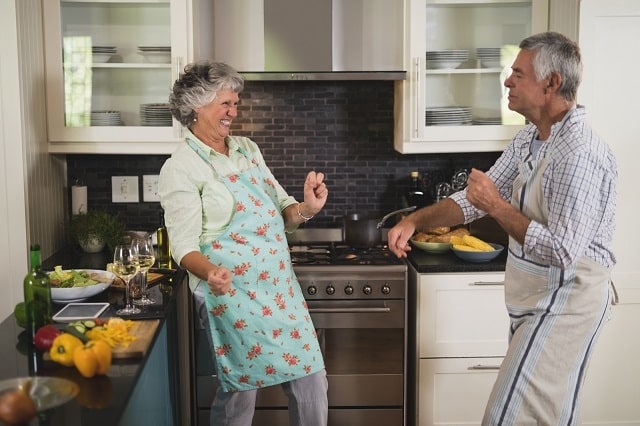Considered a type of retirement community, 55+ communities (as their name suggests) cater to older adults who are 55 years of age and older. These unique communities are distinct from other senior living options and from other types of retirement communities in a few ways. Here’s a look at what makes a 55+ community unique.
Age Restrictions
Most retirement communities have minimum age requirements. Typically, residents must be 60 or 65 years of age or older to qualify. However, 55+ communities require at least one of the residents to be 55 years old or older. In most cases, there’s a lower limit for the other residents residing with the 55+ resident as well. For example, if a couple wants to move into a 55+ community and one spouse is age 55, the community may require the other spouse to be at least 30 years of age.
Given the lower age requirement compared to some other types of retirement living communities, 55+ communities allow younger retirees to take advantage of the benefits of retirement living without waiting five or ten more years to reach the minimum age. And because these communities often only require one resident of a dwelling to be 55 years old or older, it allows couples to make the move to retirement living even if one spouse is younger.
No Care Needs Required
In some types of senior living communities, such as assisted living and skilled nursing communities, older adults must have care needs that qualify them for placement in the community. For instance, to move to an assisted living community, an older adult may need to require assistance with bathing or dressing. The specific requirements vary from state to state.
When it comes to 55+ communities, however, anyone who meets the age requirement can choose to move to the community. Older adults who make the move to a 55+ community do so not because they have care needs that can no longer be met in their own home (as is the case with assisted living, skilled nursing communities, and memory care communities), but because they want to take advantage of the active, carefree lifestyle 55+ communities offer.
That said, some of these communities, particularly continuing care retirement communities, offer on-site medial suites and wellness centers to provide easy access to general healthcare and wellness services such as exercise facilities and other activities to promote well-being.
More Lifestyle Amenities
While all senior living communities offer services and amenities to enable residents to remain as active and engaged as possible, you’ll find a broader range of activities and amenities at the typical 55+ community. Proximity to shopping centers or bustling urban areas are common, and these communities often provide transportation services so residents can easily get where they want to go, whether it’s to a doctor’s appointment or downtown for a day of shopping.
55+ communities also provide a variety of on-site amenities. On the campus, you’ll often find arts and crafts rooms, billiards and gaming suites, massage services, yoga and other group fitness classes, beauty salons, community rooms for on-site educational classes, religious services, and more. With many on-site activities to participate in, residents of 55+ communities have ample opportunities for socialization. All of these services and amenities serve to promote well-being.
Residents May Own Their Dwelling
Another thing that makes 55+ communities unique is that residents often can purchase a dwelling within the community. In other types of senior living communities, residents may have private or shared living areas, but everything is provided based on a monthly fee. 55+ communities may still have monthly fees that cover things like ongoing home maintenance and access to shared community spaces, but monthly fees are typically lower when residents purchase a dwelling compared to the monthly cost of assisted living or skilled nursing communities. Some 55+ communities offer rent and lease-based options as well.
Private and Independent Living
In a 55+ community, residents have separate living units, such as apartments, condos, or single-family homes. In other types of senior living communities, residents have their own room or a semi-private room shared with a roommate, but they don’t have a living room, dining room, or kitchen.
That means that residents of 55+ communities can remain completely independent lifestyles and can even choose between preparing their own meals and taking advantage of the community’s on-site dining services. If they do decide to enjoy on-site dining, they can choose between shared dining spaces if they want to socialize or enjoy their meal in a private dining area.
These are just a few of the ways 55+ communities are unique. Services and amenities, payment structures, and other details vary from community to community. Arbors of Hop Brook, for example, is a continuing care retirement community offering retirement living, assisted living, and skilled nursing communities on the same campus. This continuum of care gives residents the ability to stay within the community they know and love as they age while also taking advantage of the benefits of retirement living until their care needs change. With many options available, older adults can explore various options when considering a move to choose the 55+ community best-suited for their needs and budget.


